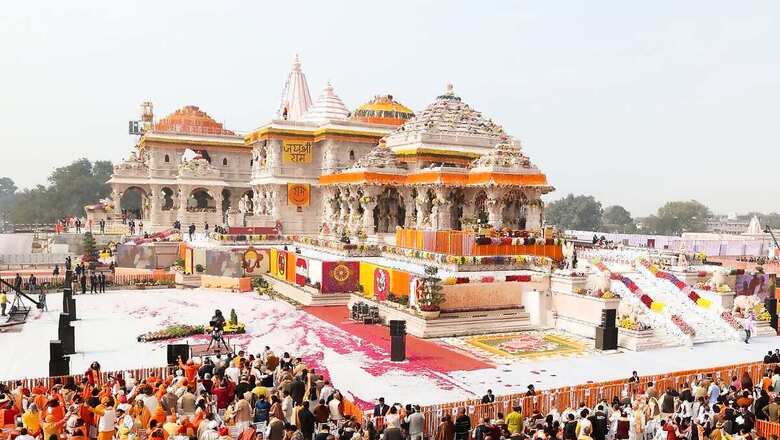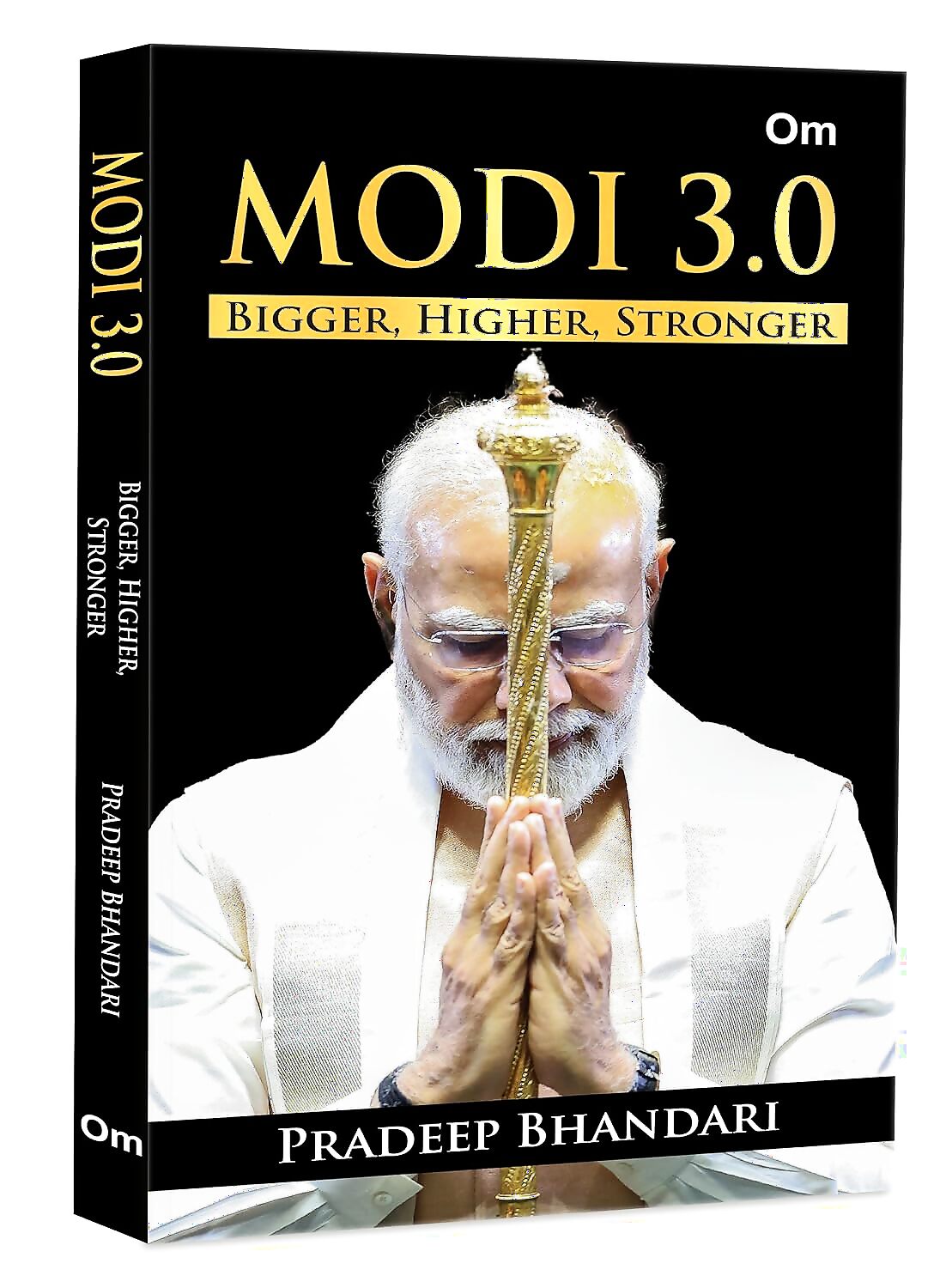
views
In recent years, India has moved away from communal politics to politics of equality, wherein Sanatan Dharma as a traditional system is valued and the Hindu community is also respected and heard. Doesn’t the Constitution speak about equality for all? Elsewhere in the world, one would be hard-pressed to find a democratic state in which the majority has had to defend its right to demand the resurrection of its most revered place of worship, among other issues. The Hindu consciousness which was subverted for many decades can no longer be ignored.
Ayodhya symbolizes the historical neglect by this power group. In the post-2014 era, the politics of neglecting the majority for the minority has become an expired cheque. Despite this, the politicians who formed the INDIA bloc in July 2023 failed to understand the prevailing sentiment. They made the same mistake in 2019 and the statements of the leaders of the alliance in the run-up to the historic consecration at the Ram Mandir indicate that they are all set to repeat the mistake in 2024. Since this group has not acknowledged the sentiments of the majority community, they never felt the need to address their demand to resurrect the destroyed temple at the birthplace of Shri Ram. Considering this desire as a political non-issue, many of these leaders have never even bothered to visit the mandir let alone supporting the building of the Ram Mandir. It was never a part of their election manifesto.
On the other hand, a majority of Hindu voters saw their sentiments being echoed in the BJP’s election manifesto, and voted for it. Narendra Modi is the first Sanatani prime minister who has come to power for two successive terms with a thumping majority. It took a long time but there is no denying the fact that after the Supreme Court judgment on 9 November 2019, little time was wasted. Honouring their manifesto promise, Prime Minister Narendra Modi performed the bhoomi pujan at the temple site on 5 August 2020, and since then the construction of the Ram Mandir has been going on at a rapid pace. People associate the building of the temple with Modi’s government and particularly with Narendra Modi himself—he has been very visible.
So, when on 22 June 2023, the Temple Construction Committee chairman Nripendra Misra announced that the ground floor of the three-storey temple was complete and was expected to open for devotees in January 2024, I landed in Ayodhya towards the end of December 2023. I had received an invitation for the prana pratishtha ceremony of Ram Lalla in the Ram Mandir on the golden letter day of 22 January 2024. The journalist in me smelt something big was going to happen. The bhakt in me was humbled and eager to have the darshan of Prabhu Sri Ram at the Ram Mandir.
Ayodhya is very special to me. When the Supreme Court delivered its judgment by sarv sammati, unanimously, in 2019 in favour of Ram Lalla, I was there. When Prime Minister Modi performed the bhoomi pujan, I was there. Hence, I felt extremely fortunate to be in Ayodhya in the run-up to the prana pratishtha ceremony that most Hindus have been waiting for the last 500 years. And now I had received an invitation for the prana pratishtha ceremony at the Ram Mandir! On this historic day, I would be in Ayodhya.
I felt buoyed by the bustling energy around me and felt very privileged to be there. Ayodhya was milling with pilgrims and tourists from across the country and the world. What was on their mind and that of the residents of Ayodhya? I was eager to know about the prevailing political sentiment and the issues that the people were grappling with.
Yogi Adityanath’s government, under the aegis of Prime Minister Modi, has developed four main paths—Bhakti Path, Ramjanmabhoomi Path, Ram Path and Dharma Path in Ayodhya, epitomizing a blend of tradition and modernity.
The Bhakti Path is a modern pathway that leads to the Ram Mandir. It is a 500-metre stretch, flanked with greenery that offers shade to pilgrims who come to the Ram Mandir from all over the country and the world. There are benches, seating facilities and counters where assistance is provided to the differently abled. There is also a facility for prasad collection and donation.

It is to be noted that neither the state government nor the Central government has given money for the construction of the Ram Mandir. The Shri Ram Janmabhoomi Teerth Kshetra Trust was formed by the Central government in February 2020 to handle the construction and maintenance of the Ram Mandir. The trust has received more than Rs 3,000 crore from approximately four lakh villages across the country due to the effort of the Rashtriya Swayamsevak Sangh (RSS). That is why Ram Mandir is also called Bharat’s mandir.
(The above is an excerpt from ‘Modi 3.0: Bigger, Higher, Stronger’ by journalist and psephologist Pradeep Bhandari. Published with the permission of Om Books International.)
















Comments
0 comment